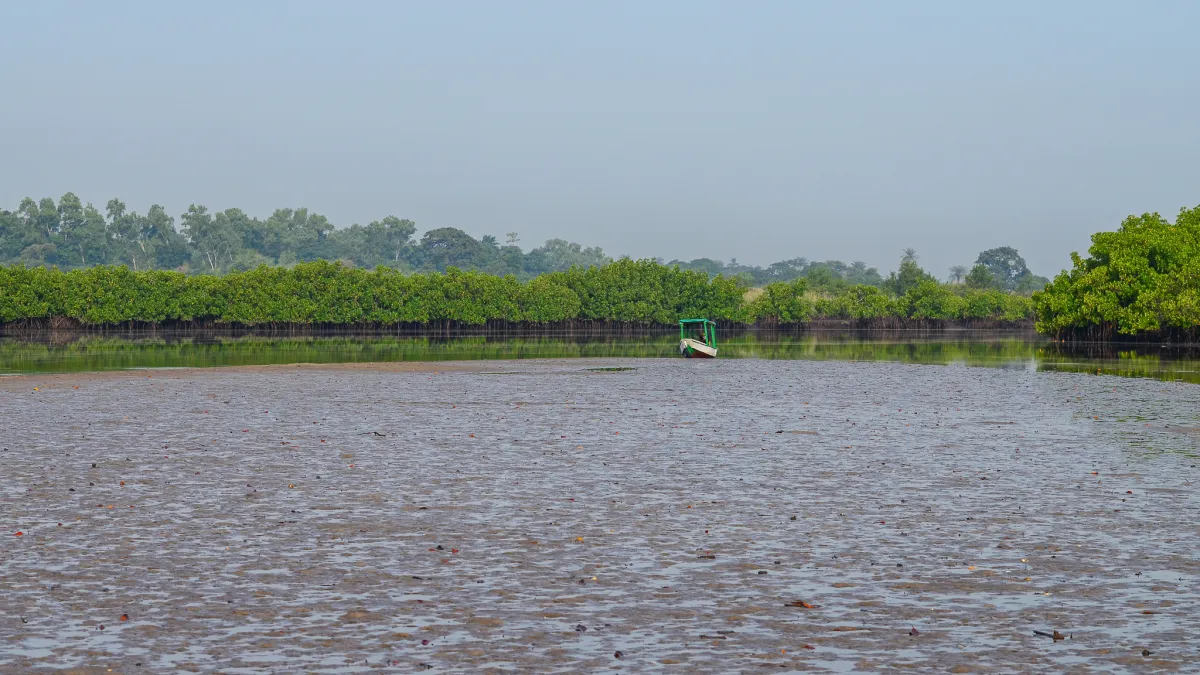Mussels are aquatic animals, bivalve molluscs, that live in freshwater or saltwater habitats. They have two shells that protect their soft bodies from predators and harsh environments. Mussels can be found in rivers, lakes, streams, oceans, and even under the ice. They attach themselves to rocks, stones, wood, or other surfaces using threads called byssus
Both types of mussels, freshwater and saltwater, are filter feeders, pumping water through their bodies to extract nutrients and oxygen from it. They also help clean the water by removing pollutants and excess algae. Mussels can live for several decades, depending on the species and the environment.

On the mudflats created at low tide in The Gambia, women from nearby villages collect the freshwater mussels. The mangrove swamps beside the river are also the source of another shellfish, the oyster.

Mussels are important for the ecosystem and the economy, and also serve as food for many other animals, such as fish, birds, and mammals, and provide habitat for other marine organisms, such as crabs, worms, and fish. They form dense beds or attach to ropes or poles, creating a living reef. They also support fisheries and aquaculture. They come in different shapes, sizes, colours, and patterns and some of them even have pearls inside their shells.
Mussels have a complex life cycle that involves a fish host. The female mussel releases tiny larvae called glochidia, which attach to the gills or fins of a fish. The glochidia stay on the fish for a few weeks or months, until they transform into juvenile mussels. Then they drop off the fish and settle on the bottom, where they grow and mature.
Mussels are not only important for the ecosystem, but also for humans. They are a source of food, pearls, and medicine. They are also used to monitor water quality and pollution.